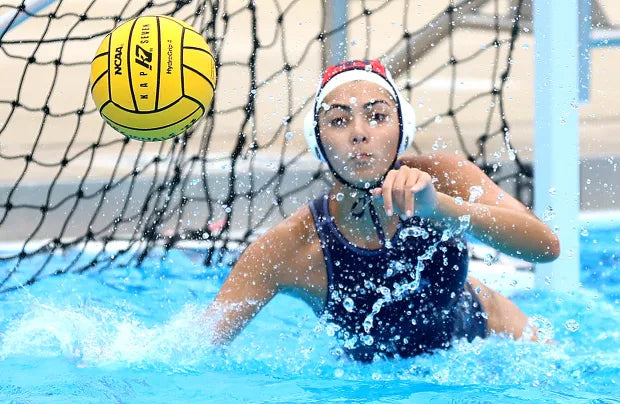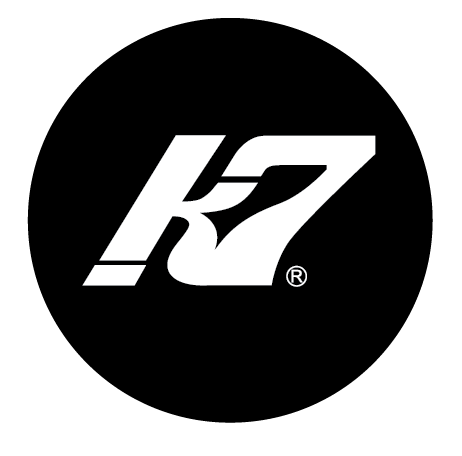Your Cart is Empty
I’m completely happy with this purchase. It was fast delivery and the ball was wrapped and completely new.
The cap is a great alternative to the padded goalie caps.
My son has been wearing one of these for several years now, playing polo essentially year-around. He uses it for all practices and games. We just bought a second one to replace the original since it was wearing out after many hours of use.




Lance Clark
December 29, 2023
Great article, but why are you giving away our secrets? Lol. BTW, I have shared your classroom goalie coaching video with many coaches that have told me they don’t know what to do with goalies. Great stuff and thank you for all you do.